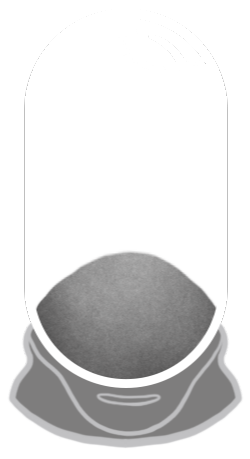Steamをインストール
ログイン
|
言語
简体中文(簡体字中国語)
繁體中文(繁体字中国語)
한국어 (韓国語)
ไทย (タイ語)
български (ブルガリア語)
Čeština(チェコ語)
Dansk (デンマーク語)
Deutsch (ドイツ語)
English (英語)
Español - España (スペイン語 - スペイン)
Español - Latinoamérica (スペイン語 - ラテンアメリカ)
Ελληνικά (ギリシャ語)
Français (フランス語)
Italiano (イタリア語)
Bahasa Indonesia(インドネシア語)
Magyar(ハンガリー語)
Nederlands (オランダ語)
Norsk (ノルウェー語)
Polski (ポーランド語)
Português(ポルトガル語-ポルトガル)
Português - Brasil (ポルトガル語 - ブラジル)
Română(ルーマニア語)
Русский (ロシア語)
Suomi (フィンランド語)
Svenska (スウェーデン語)
Türkçe (トルコ語)
Tiếng Việt (ベトナム語)
Українська (ウクライナ語)
翻訳の問題を報告


 United States
United States 

























⢋⣴⡾⠄⠄⠄⠸⣿⣿⣿⣿⣿⣿⣿⣦⣤⣀⣤⡹⣿⣿⣿⣿⣿⣿⣿⣿⣿⣿
⣿⣿⣿⣶⣤⣤⣾⣿⣿⣿⣿⣿⣿⣿⣿⣿⣿⣿⡇⢸⣿⣿⣿⣿⣿⣿⣿⣿⣿
⣿⣿⣿⣿⣿⣿⣿⣿⣿⣿⣿⣿⣿⣿⣿⣿⣿⡿⣧⡘⣿⣿⠿⢛⠻⣿⣿⠿⠿
⣿⣿⣿⣿⣿⣿⣿⣿⣿⣿⣿⣿⣿⣿⡿⡿⡸⠿⠘⣇⢹⡏⢴⣿⣿⢌⣶⣾⣷
⣿⣿⣿⣿⣿⣿⣿⡿⠟⠛⠙⢿⣾⣷⣷⣮⣶⠿⠇⢸⠸⣷⡘⣿⣿⣿⣿⣿⠟
⣿⣿⣿⣿⣿⡿⣉⣴⡶⣀⣀⣸⣿⣿⣿⣿⣇⣴⣶⡸⣇⢻⣿⡌⣿⡿⠟⣡⣾
⣿⣿⣿⣿⣿⣷⢹⣿⣯⣭⣽⣿⣿⣿⣿⣟⣛⢿⣿⣷⡹⡌⢿⣿⣨⣶⣿⣿⣿
⣿⣿⣿⣿⣿⣿⡎⣿⣿⣿⣿⣿⣿⣿⣿⣿⣷⢹⣿⣿⢇⣷⠈⠟⠻⣿⢉⣴⠘
⣿⣿⣾⣿⣿⣿⣷⠙⣿⣿⣿⣿⣿⣿⣿⣿⣶⣾⡿⢋⣾⡿⢀⣾⠄⣡⣾⣴⡟
⣿⣿⣿⣿⣿⢿⣿⡄⠻⠿⣿⣿⣿⡿⠿⠿⢟⣫⣼⡿⢋⣤⣿⣿⣼⣿⣿⠟⣠
Most frequently made from cows' milk, butter can also be manufactured from the milk of other mammals, including sheep, goats, buffalo, and yaks. Salt, flavorings and preservatives are sometimes added to butter. Rendering butter produces clarified butter or ghee, which is almost entirely butterfat.
Butter is a water-in-oil emulsion resulting from an inversion of the cream, an oil-in-water emulsion; the milk proteins are the emulsifiers. Butter remains a solid when refrigerated, but softens to a spreadable consistency at room temperature, and melts to a thin liquid consistency at 32–35 °C (90–95 °F).